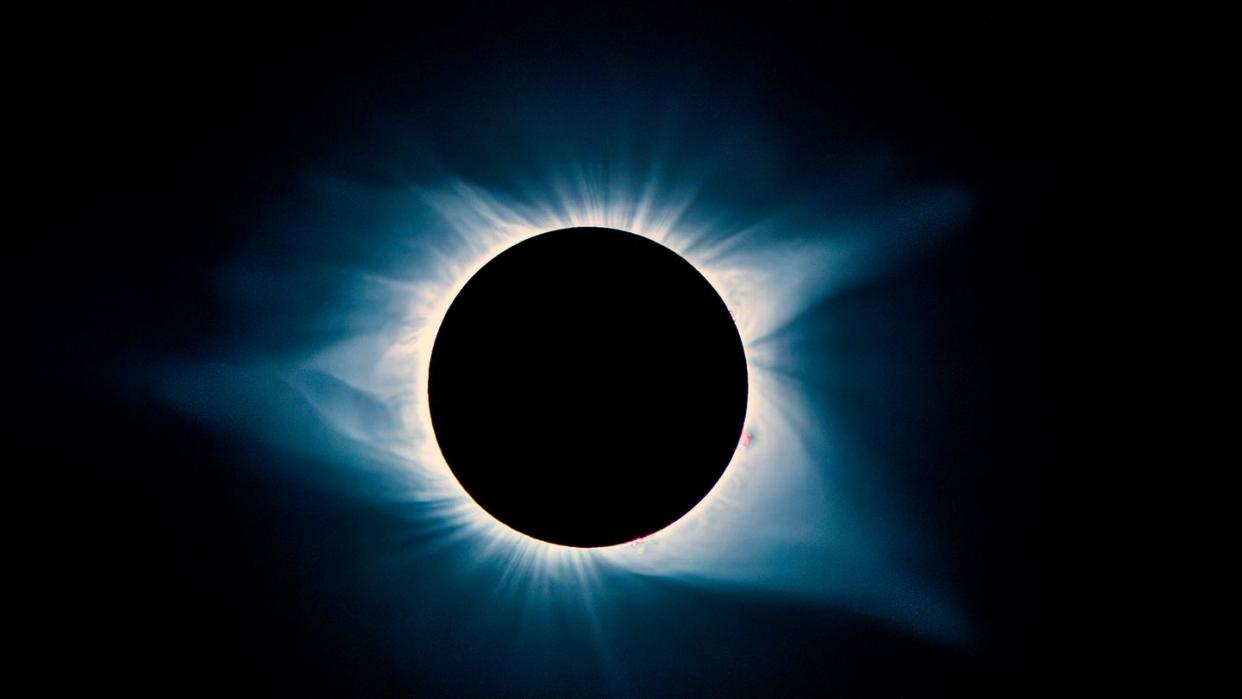Stream the 2024 Great American Solar Eclipse

"Hearst Magazines and Yahoo may earn commission or revenue on some items through these links."
In just a few days, hordes of people (including a few of us from Popular Mechanics) will descend on a thin strip of land spanning from Mexico to Maine to try and catch a rare Total Solar Eclipse. This will be the first total solar eclipse to hit the U.S. since 2017 and it will be the last to hit American until 2044. So, understandably, a lot of people want to get in on the action.
But, if you’re not able to get out and experience the eclipse for yourself, there are a ton of ways to watch it via streaming. In addition to subscription-based sites like Hulu, Disney+, and CNN on Max—as well as live TV streaming services like Fubo, DirecTV, and Sling TV—there are a number of free streams that will be providing live feeds all over the internet. All times listed below will be in EDT.
NASA, of course, has you covered starting at 1:00 pm. According to the agency’s website, “eclipse coverage will include live views of the eclipse from across North America, special appearances by NASA experts, astronauts aboard the space station, and an inside look at NASA’s eclipse science experiments and watch parties across the country.”
You can watch the NASA feed for free on NASA+, YouTube, or above.
If you don’t want all the extra pizazz and simply want to look at the Sun in silence, NASA will also be offering a commentary-free telescope feed starting at 1:00 pm that will feature views from various locations.
NOVA also has a stream (which will go live at noon), and released a full documentary in preparation for the event.
Nonprofit Exploratorium has various streams of different locations, which will begin at various times appropriate to the locality they’re featuring. Both Exploratorium and NASA will also have Spanish-language streams.
And the University of Maine will be streaming starting at 8:00 a.m. from a “High Altitude Science Balloon,” which you can see below. No clouds are going to block this party!
If none of these sources float your boat, you can likely find many others with a quick web search. But whether you can’t make it to the path of totality, or the weather doesn’t cooperate, you’re going to be totally covered with ways to watch this incredible celestial phenomenon.
You Might Also Like

